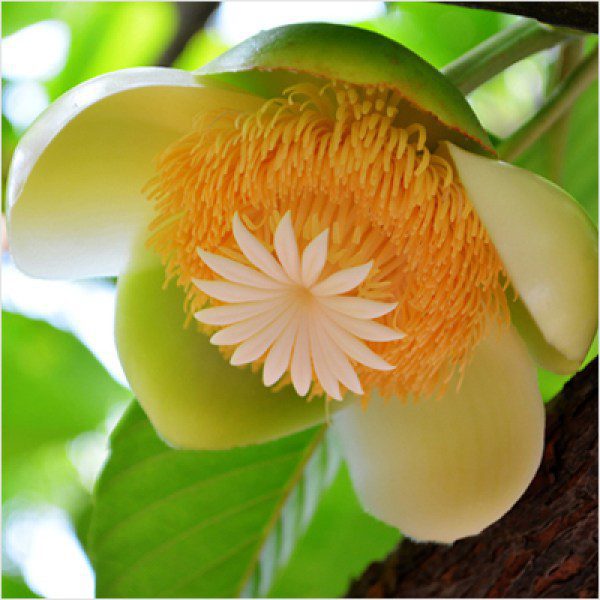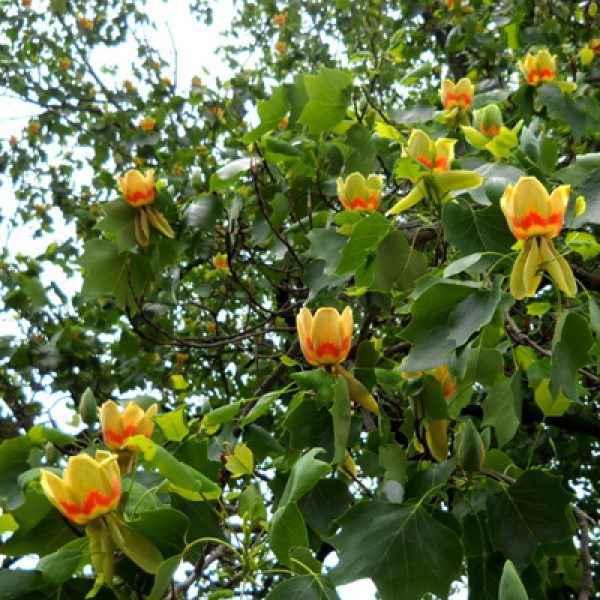Eucalyptus, Nilgiri
Description for Eucalyptus, Nilgiri
Plant height: 19 – 29 inches
Plant spread: 4 – 8 inches
Some types of Eucalyptus can be grown as houseplants and others do well only in warm climates growing outside. Most eucalyptus must be grown outside in areas where freezing does not occur.
Eucalypti are attractive plants with aromatic leaves often used in herbal preparations and for potpourri and scented wreaths. The trick to growing eucalyptus is to know they prefer cool but above freezing winter periods and moderate warmth in the summer.
Common name(s): Rainbow Eucalyptus,
Flower colours: white to pale yellow
Bloom time: Early summer
Max reachable height: 1.5 to 2 feet
Difficulty to grow: Easy to grow
Planting and care
Several eucalypt species are among the tallest trees in the world. Eucalyptus regnans, the Australian mountain ash , is the tallest of all flowering plants (angiosperms); today, the tallest measured specimen named Centurion is 99.6 m (327 ft) tall.
Sunlight: Full Sun to Partial Shade
Soil: Well drained soil
Water: Medium
Temperature: 20 to 30 degrees C
Fertilizer: Apply any organic fertilizer
Caring for Eucalyptus
Choose a species hardy enough for your climate. Some varieties are hardier than others but eucalyptus will only become a tree in frost-free climates.
Choose a species of eucalyptus that will fit into your landscape when mature.
There are species from 20 to 60 (6 to 18 m) high at maturity and some make a broad tree while others are slender.
Choose smaller trees for transplanting. Root bound plants do not transplant well.
Select a full sun, well drained location.
Dig a hole 3 to 4 (7.6to10.2 cm) wider than the root ball and the same depth.
Remove the pot or any burlap around the root ball.
Center the plant in the hole and refill the hole with the soil you took out.
Water well to settle the soil.
Add more soil if necessary to bring the level to the top of the root ball.
Keep eucalyptus well watered the first season after planting.
Dont water after the first season unless there is a prolonged drought.
Fertilization is generally not required.
Typical uses of Eucalyptus
Special features:
Culinary use: Leaves
Ornamental use: The plant is used for ornamental purpose
Medicinal use: Eucalyptus is a tree. The dried leaves and oil are used to make medicine.Always seek advice from a professional before using a plant medicinally
Out of stock
Out of stock
Payment Methods:


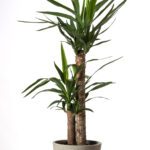 EXOTIC PLANTS
EXOTIC PLANTS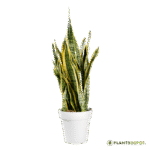 AIR PURIFIERS
AIR PURIFIERS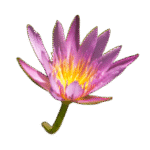 AQUATICS
AQUATICS AVENUE TREES
AVENUE TREES BAMBOOS
BAMBOOS BONSAI
BONSAI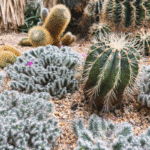 CACTUS
CACTUS CLIMBERS
CLIMBERS CREEPERS
CREEPERS CYCAD
CYCAD FERNS
FERNS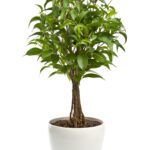 FICUS
FICUS FIG
FIG FLOWER PLANTS
FLOWER PLANTS FRUIT PLANTS
FRUIT PLANTS GROUND COVERS
GROUND COVERS HEDGES
HEDGES HERBS
HERBS INDOOR PLANTS
INDOOR PLANTS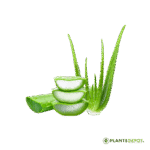 MEDICINAL PLANTS
MEDICINAL PLANTS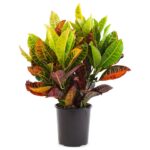 ORNAMENTAL PLANTS
ORNAMENTAL PLANTS OUTDOOR PLANTS
OUTDOOR PLANTS PALMS
PALMS SHRUBS
SHRUBS SPICES
SPICES NATURAL
NATURAL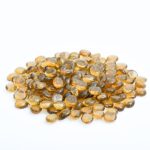 CRYSTAL
CRYSTAL ONEX
ONEX PEBBLE CHIPS
PEBBLE CHIPS GLASS & AQUARIUM
GLASS & AQUARIUM GRANITE & MARBLE
GRANITE & MARBLE POLISHED MARBLE MIX CHIPS
POLISHED MARBLE MIX CHIPS POLISHED MIX
POLISHED MIX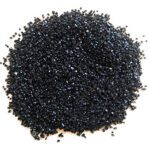 STONE SAND
STONE SAND UNPOLISHED CHIPS
UNPOLISHED CHIPS SEEDLING GERMINATION TRAYS
SEEDLING GERMINATION TRAYS STAINLESS STEEL PLANTERS
STAINLESS STEEL PLANTERS SYNTHETIC POTS
SYNTHETIC POTS ARTIFICIAL GRASS
ARTIFICIAL GRASS NATURAL GRASS
NATURAL GRASS

